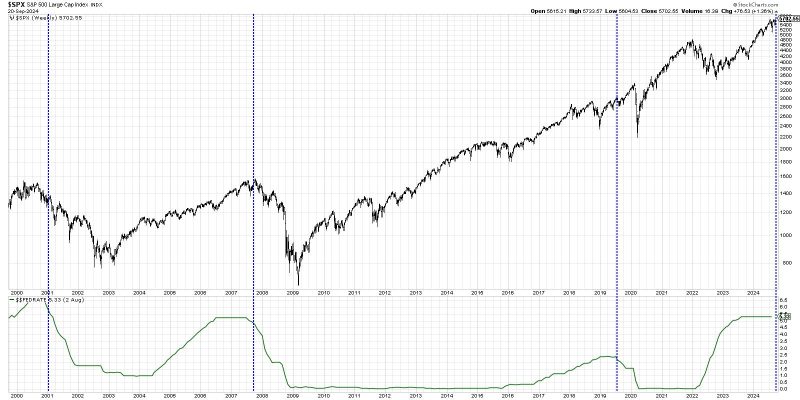The Impact of Rate Cuts on Stock Performance
Historically, rate cuts have been a tool used by central banks to stimulate economic activity and support financial markets. The intended effect of a rate cut is to make borrowing cheaper, incentivizing businesses and consumers to spend and invest more. However, the relationship between rate cuts and stock performance is nuanced, and several factors come into play when assessing the true impact.
One of the key considerations is market expectations. Stock prices often reflect investor sentiment and expectations for future economic conditions. When a rate cut is anticipated and already priced into the market, the actual announcement may have a muted effect on stock prices. In contrast, an unexpected rate cut can lead to a more significant market reaction as investors adjust their strategies in response to new information.
Another factor to consider is the broader economic environment. While rate cuts can provide a boost to stock prices in the short term by lowering borrowing costs and increasing liquidity, their long-term impact depends on the underlying health of the economy. If rate cuts are perceived as a reactive measure to stave off a potential downturn, investors may interpret them as a signal of weakness, leading to increased volatility in the markets.
Furthermore, the effectiveness of rate cuts in driving stock performance can vary across different sectors and industries. Certain sectors, such as technology and consumer discretionary, may benefit more from lower interest rates due to their higher sensitivity to changes in borrowing costs. On the other hand, sectors like utilities and real estate, which are known for their defensive characteristics, may see limited gains from rate cuts as investors seek safety in stable, income-generating assets.
In addition to sectoral differences, individual stock performance can also be influenced by company-specific factors. Companies with strong fundamentals, solid growth prospects, and effective management may outperform their peers regardless of broader market conditions. Conversely, companies facing structural challenges or economic headwinds may struggle to see sustained stock price gains even in a low-rate environment.
Ultimately, while rate cuts can have a positive impact on stock performance in the short term, investors should consider a range of factors beyond just interest rate policy when making investment decisions. By staying informed about market trends, economic indicators, and company-specific developments, investors can position themselves to navigate changing market conditions and optimize their portfolios for long-term success.

























